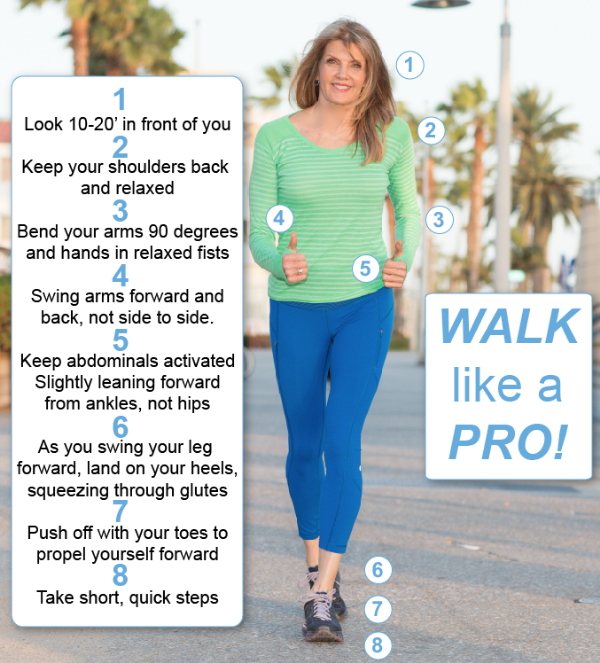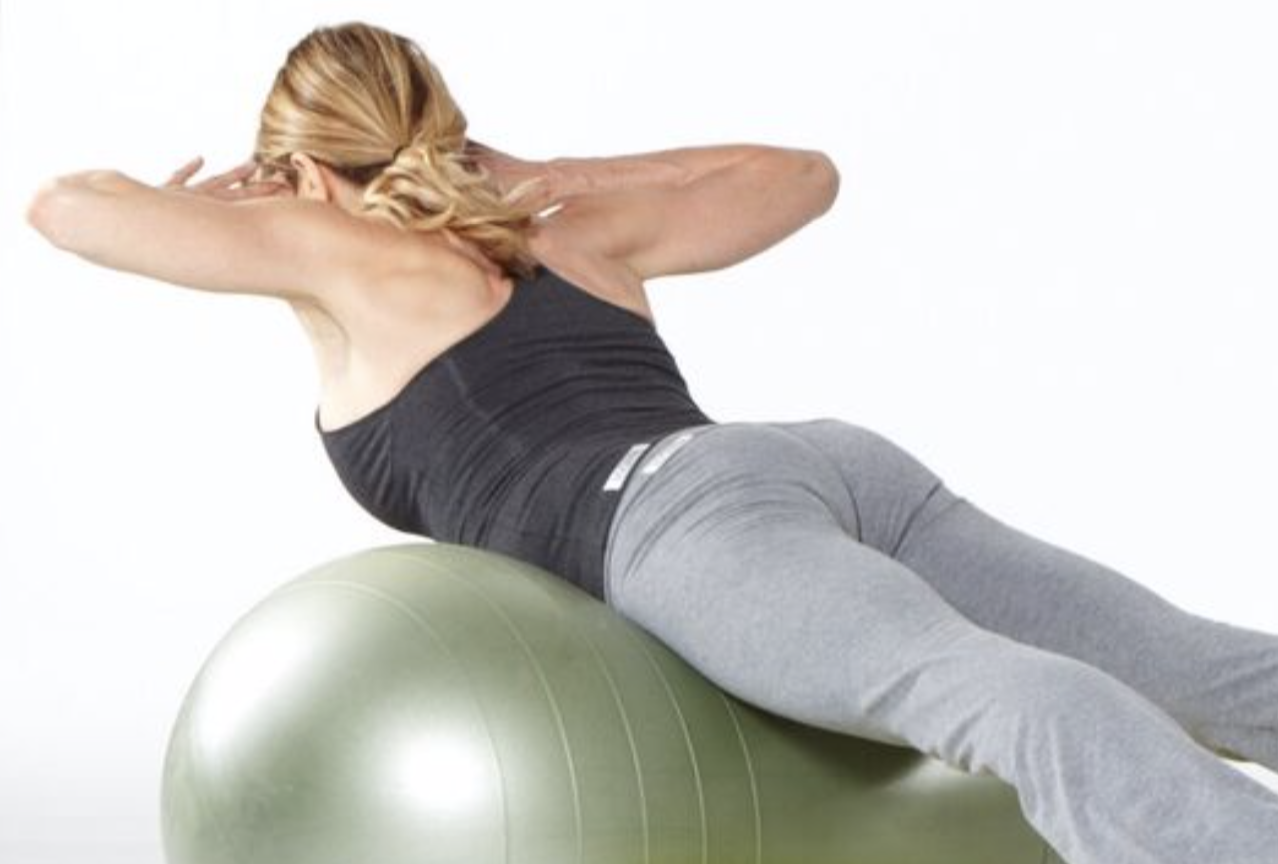
4 Tips to Burn
MORE CALORIES WHILE WALKING
It’s obvious that the longer you walk, the more calories you burn. That’s why some people say that for weight loss, it’s best to walk slower, longer. But that assumes it’s an either/or proposition… either you walk fast and get tired quickly, or you walk slowly for a long time.
The 6-Week LeanWalk Program (see below) is about learning the techniques to pick up your pace so you get stronger, faster. You’re going to learn to modify your stride so that you can walk at higher speeds, thereby burning more calories for a longer time.
Want to hear a sample? The more you walk, the better you’ll feel. Rebound your mood with Walk It Off, a new 30-minute walking audio. Put in your earbuds and join me while I coach along the way with proper techniques to get the most out of your workout!
The idea is not to walk so fast that you’re exhausted after 15 minutes. This isn’t race walking, but it sure isn’t strolling, either!
Speed does a lot more than burn calories. A faster pace takes your heart rate higher, which means greater gains for your heart, lungs and circulatory system.
The faster you walk, the fitter you’re going to get, and if you walk very fast, you can get very fit.
When you walk faster, you also engage more muscles in your walking stride, and demand more of them, which results in conditioning and toning. You’ll feel… and eventually see… that extra effort in your upper thighs, buttocks, hips, abdominals, and back.
Walking is about more than losing weight, it’s about saying HEALTHY for the rest of your life.
Here are 4 tips to help you crank up your speed and increase your caloric burn…
1. Walk the line
To increase your walking speed, try to make your feet land one in front of another (rather than walking with them parallel), so you’re walking in a straight line.
Now you’ll need to add imagination into the mix. If you were walking on an actual line, just the inside of your foot (the instep) would touch the line: Your feet shouldn’t cross over.
Check yourself by walking an actual line: a painted lane line on a track or a crack in the pavement, for example. Feel the rhythm you’re creating? “Walking the line” forces you to rotate your pelvis and extend your hips slightly, which lengthens your stride a little. At faster speeds, you’ll get some front-to-back rotation in your pelvis.
Don’t consciously try to waggle your hips or exaggerate the motion, let your body move naturally. Just align your footsteps, leading with your heels, and stay loose in your pelvis as your hips follow where your legs lead. A note to men: Since you have less hip swivel in your normal walking gait than women do, this technique can be more difficult for you. Make a conscious effort to stay loose in your hips and let your pelvis rotate.
2. Speed up the arm swing
Sine your arms and legs work in unison, your legs can’t speed up until your arms do. To get your arms pumping more quickly, start by putting a 90-degree bend in your elbow, holding your hands in a loose fist. Swing forward, not side to side, keeping elbows close to your side.
Imagine your body on a clock face, viewed from the side, with your head at twelve o’clock. Your arms should swing from seven o’clock (just behind your hips) to four o’clock (about belly button height).
3. Squeeze your glutes
Your gluteals are the muscles in your butt, just above your hamstrings. At the end of each stride, as you’re pushing off with your toes, squeeze the gluteals in the same leg. This helps draw the leg back, which increases your speed and develops the muscles that will help reverse a drooping backside.
4. Perfect your stride
Strike the ground with your heel and let your foot roll forward naturally. At the end of your stride, really push off with your toes, to propel your body forward. Use a stride length that’s comfortable for you. Don’t over-stride.
As you advance, concentrate on actively pulling up your toes as your legs swing forward. At faster paces, if you don’t pull up your toes, you’ll start catching them on the ground.





